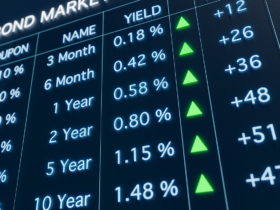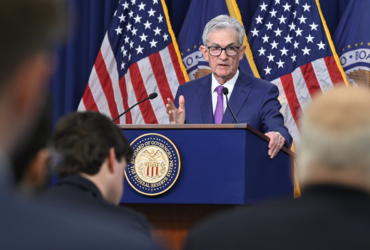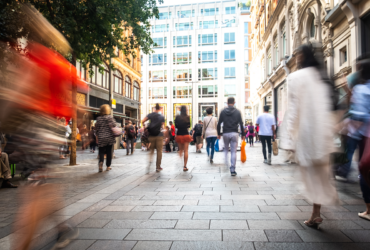Retail spending saw a much bigger drop than expected in December, according to the Census Bureau’s latest report…(Census Bureau)
- M-O-M: Advance estimates of U.S. retail and food services sales fell 1.9% to $626.8 billion in December.
- Y-O-Y: Despite the monthly decline, advance estimates were up 16.9% when compared to December 2020.
SWING & A MISS: Economists had projected a much smaller drop of 0.1%.
The golden child of retail during the pandemic, internet retailers, actually led the decline monthly with an 8.7% drop in December followed by department stores (-7.0%), furniture stores (-5.5%), sporting goods (-4.3%), and electronic stores (-2.9%)
- NOTE: The only categories in the green for the month were were miscellaneous stores (+1.8%), home improvement (+0.9%), and health (+0.5%).
Looking at the year, restaurants saw the biggest jump at 41.3% followed closely by gas stations (41.0%), clothing (+29.5%), department stores (+22.5%), and sporting goods (+18.1%).
Brian Chappatta noted on Twitter that these numbers were something else…
- “Omicron certainly played a role. So did early holiday shopping to beat supply chains. Probably some big seasonal adjustments too. Still, in the end, quite a surprising figure.”
Chappatta makes a good point. The supply chains disruptions were well covered and the data is clear this pushed up holiday spending. Was December just a result of purchases being transferred to October instead of December? Omicron is also an unknown. The virus is having a major impact on labor markets as more and more people call in sick. Could store closings impact retail spending? And finally, inflation. Consumer prices were up 7% in December have we finally reached a price level that is deterring consumers from consuming? January’s data will begin to answer some of these questions for us.






Got a Questions?
Find us on Socials or Contact us and we’ll get back to you as soon as possible.